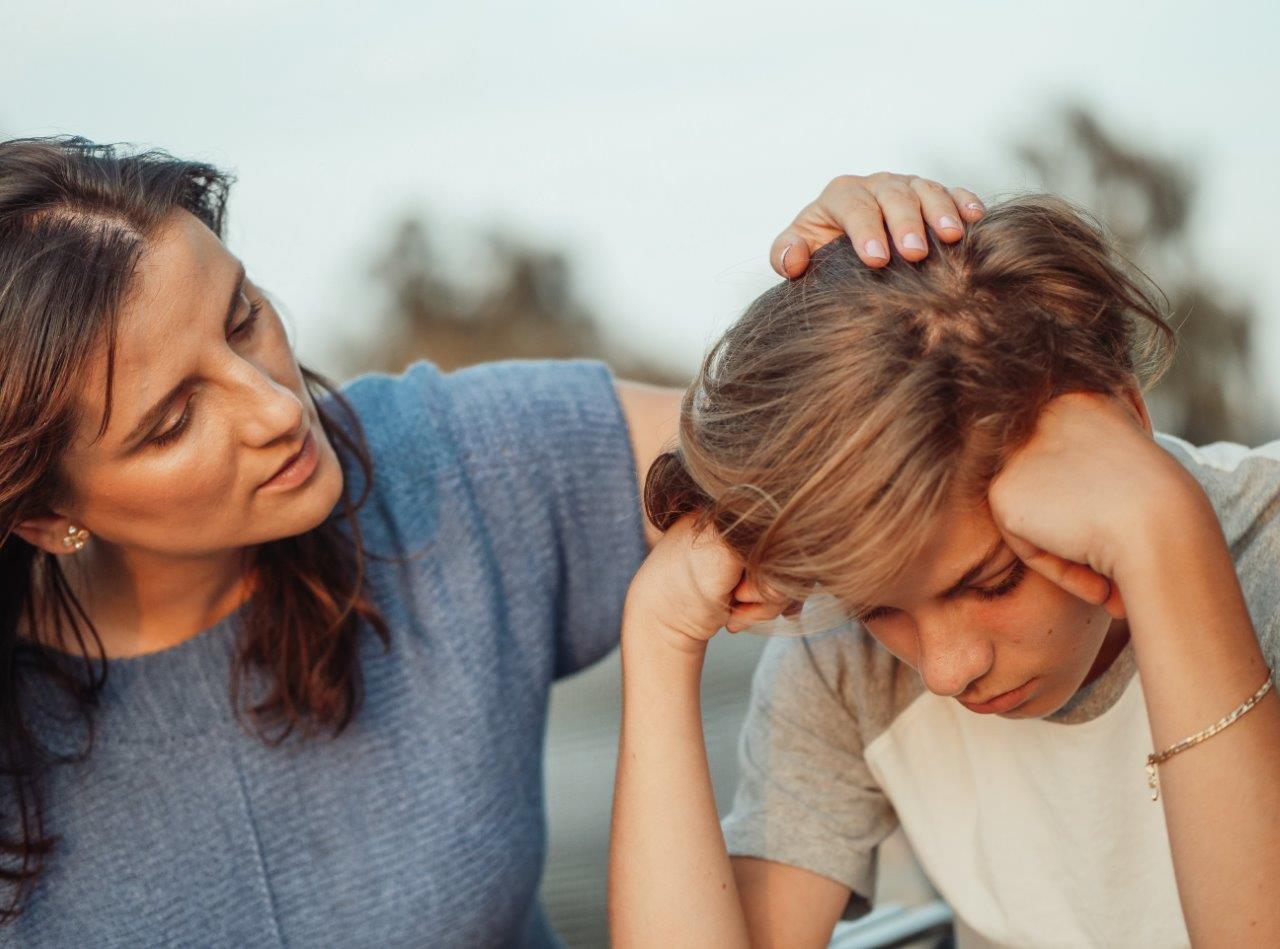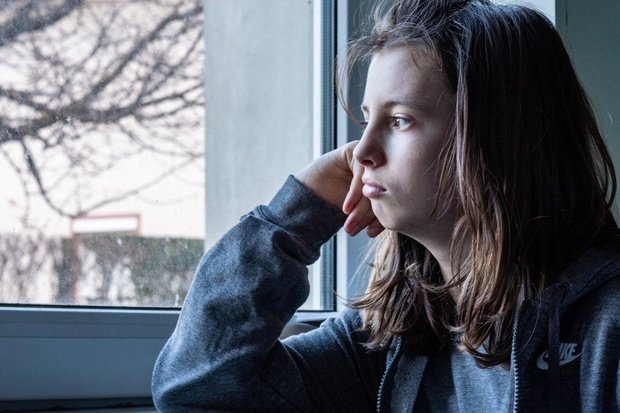A variation that is creeping into classrooms and playgrounds, however, is student cases of what is being termed ‘winter burnout’.
RMIT University lecturer in inclusive education, Dr Samantha Vicek, recently penned an article on The Conversation about the phenomenon, and says seasonal fatigue is very much a reality for many kids, and can in some cases lead to a form of burnout.
Just as teachers suffering burnout exhibit symptoms including losing the passion or motivation to be a teacher, being easily emotionally dysregulated, withdrawing emotionally from co-workers, students, friends and family, finding it harder to perform basic tasks, flatness or a lack of emotions, difficulty sleeping and performance issues, so too do children have some obvious red flags, albeit in slightly different manifestations.
More typically in their case, burnout can be witnessed in the way they approach previously enjoyed activities and relationships, maybe increasing instances of school refusal, an escalation in sleep hours or difficulty getting to sleep, increases or decreases in appetite, excessive tiredness after school, less interest in talking, or being more argumentative with friends.
When fatigue and anxiousness last for more than a few days, children can often not want to socialise with peers, which in turn can lead to social problems and further isolation.
Without proactive supports, research shows student burnout can lead to ongoing reductions in physical fitness, attention span and working memory.
Vicek says there’s a definite link between teacher and student burnout.
“There is more data showing that there’s certainly been an increase in teacher burnout,” she tells EducationHQ.
“If we look at what the actual variables of that are, it’s increased pressures, an increase in documentation, and reporting, it’s a lack of flexibility in the profession in many cases, and then the associated impacts of the pandemic, really shared with most people across society. Students are also experiencing those increases.”
Vicek says when a teacher needs to collect more data, for more reporting requirements, students also have to participate in those assessments, and need to perform in different ways than what they’ve been accustomed to.
“We’ve also got families who’ve had a range of different lifestyle changes since the pandemic, so students aren’t necessarily coming to school with the same levels of socio-emotional understanding and resilience that they’ve previously shown,” she says.
As a response to that, there’s been a substantial increase in presentation of mental health difficulties with children, which Vicek says her research shows is creating a very different climate in classrooms, which is then increasing the pressures on teachers to support every one of their students.
The academic has a quite unique perspective, given she is a researcher, a prior practitioner, and a parent.
Before academia, Vicek worked as a classroom and specialist teacher in primary schools, before moving into a learning diversity advisor role.
During this period of her career she worked one-on-one with teachers to help them to understand students with needs, and to plan appropriate adjustments and evaluate the effectiveness of different measures to support them as part of a leadership team.
These days she’s predominantly working collaboratively between teachers, parents, and allied health professionals, to support students with additional needs.
When trying to collect data on any sort of phenomenon like winter burnout, Vicek explains that it can be difficult to isolate different areas that have such variabilities in experience.

Research shows that prolonged feelings of stress and exhaustion in students can lead to disengagement from learning activities, and school avoidance. If this lasts for more than a few days, young people withdraw from socialising with their peers, which in turn can lead to socio-emotional difficulties and further isolation.
“So the data at the moment in regards to absences and the actual prolonged impact of this in regards to burnout is more difficult,” she says.
“But what we can do is triangulate information on increases to community infections, increases in presentations of students with mental health difficulties and also the ramifications of that, in the anecdotal and reported experiences teachers and school leaders are having at the moment within schools.”
What is clear is that winter days are colder and shorter, especially in Australia’s southern states, there’s an increase in case numbers and severity of illnesses and community infections across the country, which results in an increase in absences, which changes the whole dynamic and culture of the classroom on a regular basis.
This constant inconsistency in the culture of a classroom only increases over the winter months.
To try to avoid winter burnout occurring in students, Vicek says there are numerous ways teachers can respond in their classrooms.
“At the classroom level, it’s really about looking for opportunities to increase fun in the classroom at this time of year,” she says.
“Most teachers, I’m sure would acknowledge that you’re not going to capture the depth of learning you want students to be able to participate in, unless they’re in a place where they’re ready to learn – so that could be as simple as increasing the number of games that you use in the classroom, as a transition activity between different sessions that you’re running, and creating as many opportunities for choice and autonomy as possible.”
“There’s different ways that you could bring in the same concept and utilising those Universal Design for Learning principles, that can be really fun and give students some choice in the way that they’re actually managing themselves,” she says.
A key is looking at how you can build social-emotional understanding and resilience, focusing on building that into your curriculum as much as possible, and keeping an eye out for students requiring extra support, she says.
Parents and teachers, Vicek says, know their children best, and together can find the most appropriate path forward.
Ultimately, she shares, the goal is to reduce the likelihood of kids suffering burnout, and to ensure they can be in the best frame of mind to enjoy school, their lessons and their friends.
And, Vicek says, while it’s logical to focus on the classroom, educators also need to look at the whole school as an ecology of essentially its own society.
“And there are things that school leaders can do to ensure that this isn’t a vicious cycle where students are burning out because teachers are burning out, or teachers are burning out because students are.
“So this is a great opportunity for school leaders to really share some wellbeing strategies with families and their staff of what they can do, and really try and support a culture of wellbeing.”
Clearly a great deal more research needs to be undertaken to better understand this concerning phenomenon, something Vicek is keen to pursue.
“… what I want to do in this space moving forward is understand better the different perspectives, especially of parents and what wellbeing in a school means to them. What, to them, does stress and exhaustion of a child look like in the classroom?
“How can we create a community of understanding?
“Because of the way my research is connected between the school setting, the family setting, and the therapy setting, it’s really looking at what can we learn from each other to support the student across environments.”














